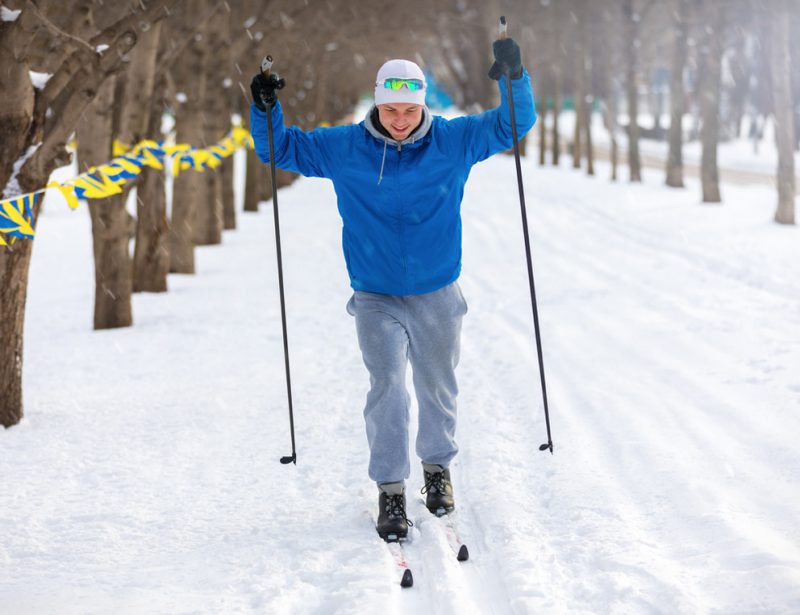HERSHEY, Pa. — Youth winter sports are underway, and with a recent increase in national attention on the possible dangers of head trauma for athletes, it is important for coaches, parents and players to recognize symptoms of a concussion and also help lessen their likelihood of occurring.
“Because concussion can affect thinking, the person who suffered the injury might not realize there is a problem,” said Dr. Kathryn Gloyer, a primary care sports medicine physician with Penn State Health in State College. “Be aware of the symptoms of concussion so you can recognize a possible injury in yourself or others, especially young athletes.”
A concussion is a brain injury resulting from a traumatic force to the head.
Concussions can be caused by getting hit in the head with a ball, colliding with another person, falling down, or any other incident that delivers a jolt or blow to the head, according to Gloyer.
“These forces damage brain cells and cause chemical changes in the brain,” Gloyer said.
Symptoms of a concussion can show up right away or days later. They can include:
- Dizziness
- Confusion
- Balance problems
- Mood or personality changes
- Problems thinking clearly
- Headache
- Blurry vision
- Nausea or vomiting
- Sensitivity to noise or light
- Inability to recall what happened before or after the incident
If the injured person loses consciousness, has unequal pupils, has seizures, or experiences a worsening of symptoms, seek immediate medical help; these could be signs of a more serious brain injury.
“If you suspect that someone has a concussion — especially a child who is not old enough to describe symptoms — make sure he or she sees a health care provider,” Gloyer said.
An individual with a concussion may seek care either at an emergency room, urgent care center, or at their regular provider’s office. Your provider may order neurological imaging based on the results of simple tests to your memory and concentration to rule out a more serious problem, as CT/MRI scans are typically normal in people with concussions. Some patients might need to stay overnight in the hospital for observation.
For a mild concussion, treatment includes physical and cognitive rest.
“Give the body a break from sports and other strenuous activity, and allow the brain to rest by limiting reading and similar tasks,” Gloyer said. “A person with a concussion should be able to get adequate rest, and the caretaker should monitor for worsening symptoms.”
Once cleared by their provider, athletes should return to their sport gradually, starting with light activity and working up to vigorous play.
“If a player returns to activity before the body heals from concussion, a second injury could cause prolonged or worsened symptoms, or second-impact syndrome, a rare and potentially fatal condition in which another concussion causes rapid and severe brain swelling,” Gloyer said.
It’s impossible to refrain completely from activities that might cause a concussion, since anything from walking down stairs to participating in sports can lead to a fall or collision. However, Gloyer says common sense precautions can lessen the risk. These include:
- Wearing your seatbelt in vehicles and putting children in age-appropriate safety seats
- Removing throw rugs and other tripping hazards for seniors
- Using safety gates at the top of stairs when young children are present
- Making sure playground surfaces are soft
- Wearing a helmet or other protective gear indicated for your sport
While protective gear, such as mouthguards and helmets, does not prevent concussion, it does help to protect players from fractures, bruises and lacerations. Be sure that helmets fit properly and are not damaged.
Gloyer says anyone who suffers a head injury should see a medical professional before returning to activity.
Learn more:
- Ask Us Anything About… Concussions
- The Medical Minute: True dangers of concussion and CTE often misunderstood
- Molecules in spit may be able to diagnose and predict length of concussions
The Medical Minute is a weekly health news feature produced by Penn State Health. Articles feature the expertise of faculty, physicians and staff, and are designed to offer timely, relevant health information of interest to a broad audience.
